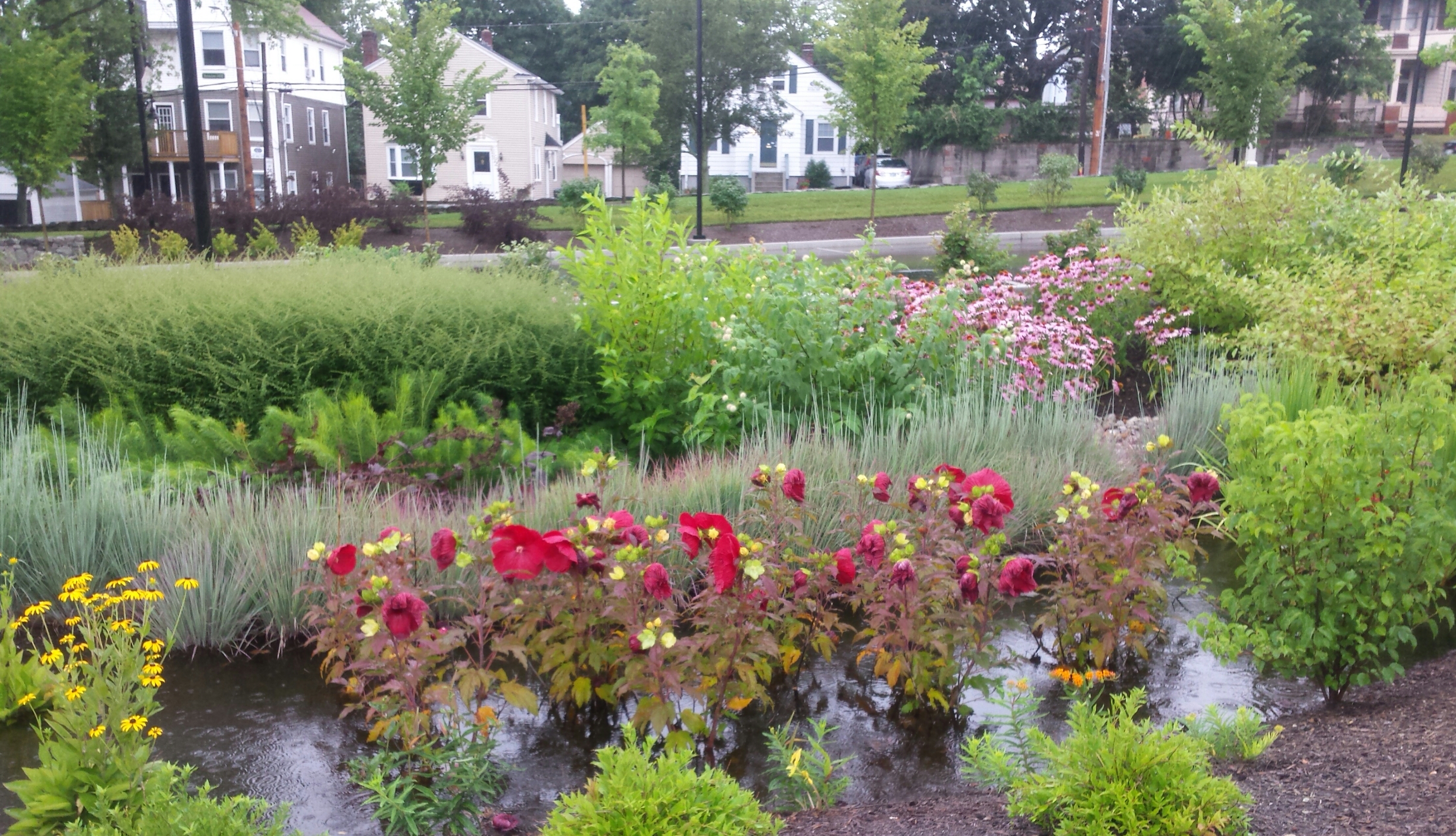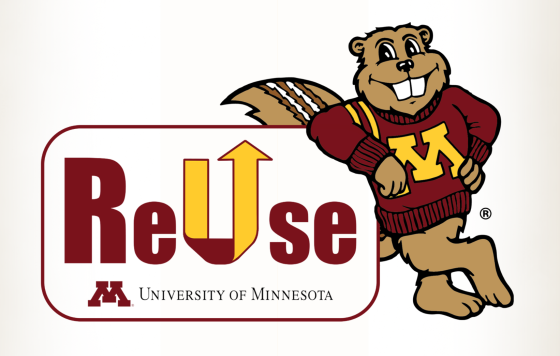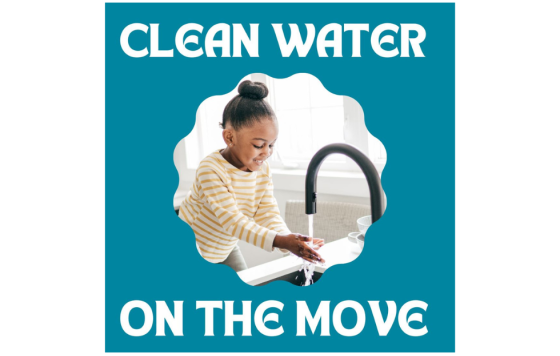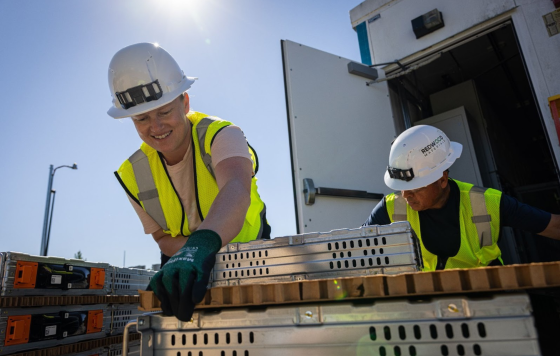
It’s Fall! Here are Some Tips for Healthy Fall Yard and Gardens While Protecting Our Water!
In pursuit of creating a beautiful lawn and garden, many people unknowingly contaminate nearby lakes, rivers, and streams with fertilizers, herbicides, pesticides and soil erosion. As we prepare our yards and gardens for winter, you should know that what you do in your yard has a direct and indirect effect on the quality of our water. For our water, the best yards have less turf grass and more perennial flowers and grasses, rain gardens, as well as shrubs, trees, and forested areas. If you have a lawn, how long you cut your grass, how often you cut it, how much water and fertilizer you use and what you do with the grass clippings all affect the amount of pollution that ends up in our water. Many simple and easy solutions can improve water quality while simultaneously improving the health of your yard and garden as well as provide habitat for important critters in your neighborhood.
Here are some tips to do just that:
Plant Trees:
- Fall is a great time to plant and maintain your trees. You might need to apply a “root booster” to get the tree established before the cold winter months. Also, you will probably want to add a little more mulch to protect the new roots.
- The old saying rings true, “The best time to plant a tree is today, and ten years ago.” Trees are an investment in our future and can take some patience. But that pays off for our water! Trees deep roots allow water to infiltrate soil where it can be used by plants and recharge aquifers and they help prevent soil erosion which can pollute our water.
- The additional shade and wind barrier can reduce water use in your yard and also heating and cooling costs for your home.
Be Water Wise:
- Avoid sprinkling hard surfaces as this wasted water will gather other pollutants on the surface and run directly to the nearest storm drain and into the closest water body.
- When building, avoid using impermeable materials. Using materials such as wood, stone, loose brick and paving blocks when constructing decks, sidewalks, and driveways allows more water to be absorbed into the ground—improving the health of your soil and our water.
- Use a rain gauge to determine how much (if any) extra water your yard or garden needs between rainfalls. If you choose to have a turf lawn they generally require one inch of water per week.
- It is better to soak your grass once per week (when needed) than it is to water a little every day.
- Water your plants and veggies (and lawn) that need it in the early morning or evening to reduce evaporation in the hot sun.
Plant a Rain Garden:
- It’s not too late in the season to plant a rain garden. Again, you may want to use a little “root booster” to get your plants established before the cold months and again, add a little more mulch on top for protection.
- Rain gardens collect storm water and other runoff from roofs and driveways and act as a natural collector, filtering rainwater and allowing the recharge of groundwater aquifers.
- Replacing part or most of your lawn with native perennials leads to less water runoff, mowing, and chemical use.
- Rain gardens also increase wildlife habitat, especially for birds, butterflies and other pollinators.
- Don’t cut down mature, dying flowers. The seeds are an important food source for wildlife and other parts are used by birds for nests for example.
- For more information on rain gardens visit Metro Blooms (www.metroblooms.org). They offer workshops to teach homeowners how to design and install rain gardens. Or, visit Blue Thumb (www.bluethumb.org). They have examples of rain garden projects, a video of how to build a rain garden, project cost calculator and a comprehensive guide on designing and installing rain gardens for the upper Midwest region. University of Minnesota Extension also has information on the benefits of rain gardens and tips for garden design, choice of plants, and maintenance.
If you choose to have a large part of your yard dedicated to a turf grass lawn, be sure to test your soil to limit the amount of fertilizer used (if any is needed); time it right:
- The better option for our lakes and rivers in Minnesota is to transition as much of your turf grass to native perennial flowers and grasses with deep roots to help water infiltrate and keep it from running off into our water.
- If you keep some of the grass though, you may not need as much fertilizer as you think. You can buy a testing kit at your local hardware store or get it done professionally to ensure you aren’t over fertilizing.
- If you choose to fertilize or hire a service, do it in the fall when it is most effective—well before the ground freezes.
- Many lawn services will only apply fertilizer if they test and you need it. Some will use Integrated Pest Management to reduce poisonous chemical use on your lawn.
- Avoid applying fertilizer before heavy rains. If you need to fertilize, never apply on frozen or nearly frozen ground. Be sure to apply well before the ground freezes so it will actually help your soil and not run off into the nearest storm drain.
- If you choose to fertilize or hire someone to do it, it is very important to sweep up any excess that falls on hard surfaces like your driveway, sidewalks, or streets. It will easily runoff to the closest water and clog up your favorite lake with more weeds and algae.
Make Plans for a Rain Barrel (maybe wait for spring to install it):
- Rain barrels are a great way to conserve water, reduce pollution, and are a responsible way to help keep your yard and gardens green during drought.
- You can build your own rain barrel, it’s a really fun DIY project, or purchase one and a gutter kit at the store that’s ready to go.
- Be sure to have a plan for when rain fall is excessive and might overflow your barrel. This will help avoid any problems with excess water around your home’s foundation.
- Learn more details from our partners over at Friends of the Mississippi River here.
Fall is a great time to get out and work in the yard or garden. Enjoying the colors nature provides and breathing in the crisp, fresh air. It sometimes seems like in Minnesota we only have a handful of months to get outside and enjoy our lawns and gardens. Hopefully, you can take some of the suggestions and try them in your own yard as this growing season comes to an end. Each decision we make in our own backyard adds up. If you make the right choice, your neighbor makes the right choice, the businesses down the road make the right choice to protect our water, we’ll all be able to better enjoy our beautiful lakes, rivers, and streams here in Minnesota.
Want to get more involved or have questions? Please feel free to contact our Water Program Coordinator, Steve Schultz, at sschultz@cleanwater.org or call 612-623-3666.


